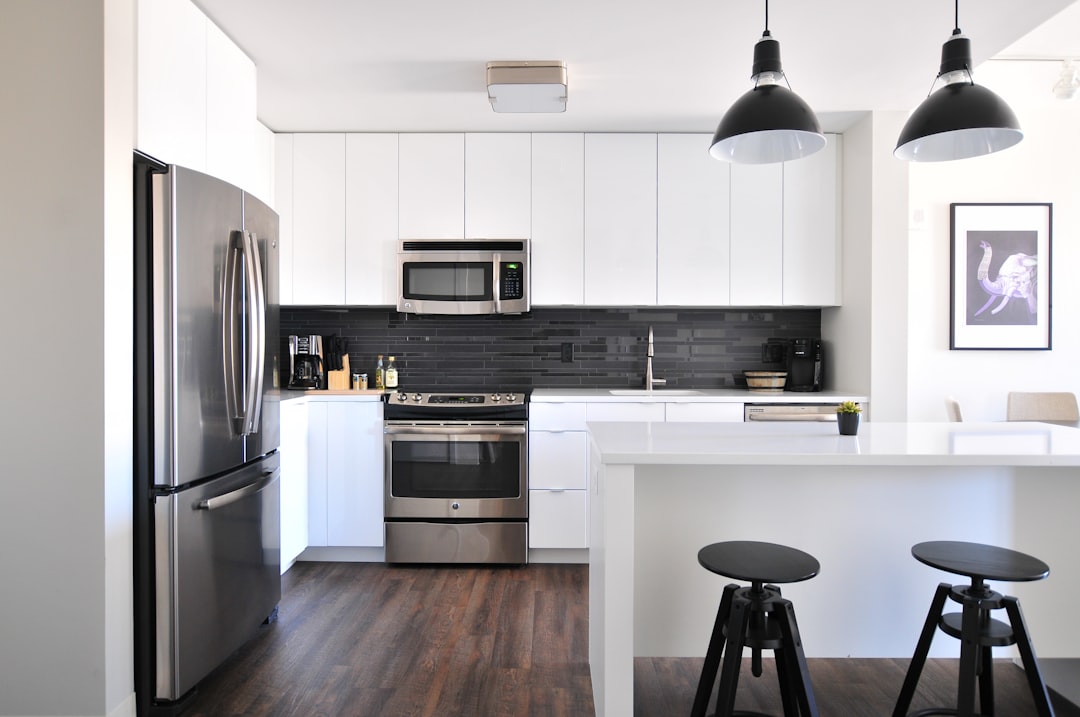Setting up a photo shoot for your product could be quite an overwhelming thought initially. However, with practice, things would get better and smoother. With time, things will become second-nature and you would only be tasked with setting up the backdrop, lighting, shooting, editing, and uploading. But to attain this level of flow and ease, you should know the basics of eCommerce photography.
Camera
You don’t need a professional camera with multiple lenses to capture solid product photos. If you have a fancy camera, go ahead and use it. Else, use any other camera you have, even if it’s a smartphone camera. As your business grows, you can scale your equipment. Do not underestimate the capabilities of the camera on your phone. With proper lighting and basic knowledge about eCommerce photography, you can capture extremely polished and professional pictures even with phone cameras.
Background
The right background is vital for product shots. It would not just help your product stand out, but it would also assist significantly during post-processing. A white backdrop, a curving wall, etc. would work just fine. The objective here is to mitigate the sharp corner edges that could bounce around the light. A well-lit curve renders it fairly difficult for your camera to capture contours and depth in the background. If your budget is tight, buy a poster board or some craft paper and mount it above a table. You could pretty much be certain of solid results if the background is light in color or preferably white.
Lighting
Lights are essential to give definition to your pictures. If possible, use natural light. Placing the table adjacent to a big window would fetch you enough light with soft shadows. In case the shadow is a bit too excessive or sharp, you may use a screen to soften the effect. Refrain from employing direct sunlight. Like strong backlight, sunlight is too harsh and could create nasty dark shadows. If you’re using artificial lights, throw in a couple of soft boxes.
Stabilization, Consistency, and Focus
A tripod can come in extremely handy with minimizing blur and keeping a consistent angle across different products. If your camera permits and you know a thing or two about cameras, set the shutter speed to slow and lens aperture to small. This shall widen your depth of field, bringing your entire item into focus. Make sure your camera is set up well on your tripod so that the images don’t come out blurry.











